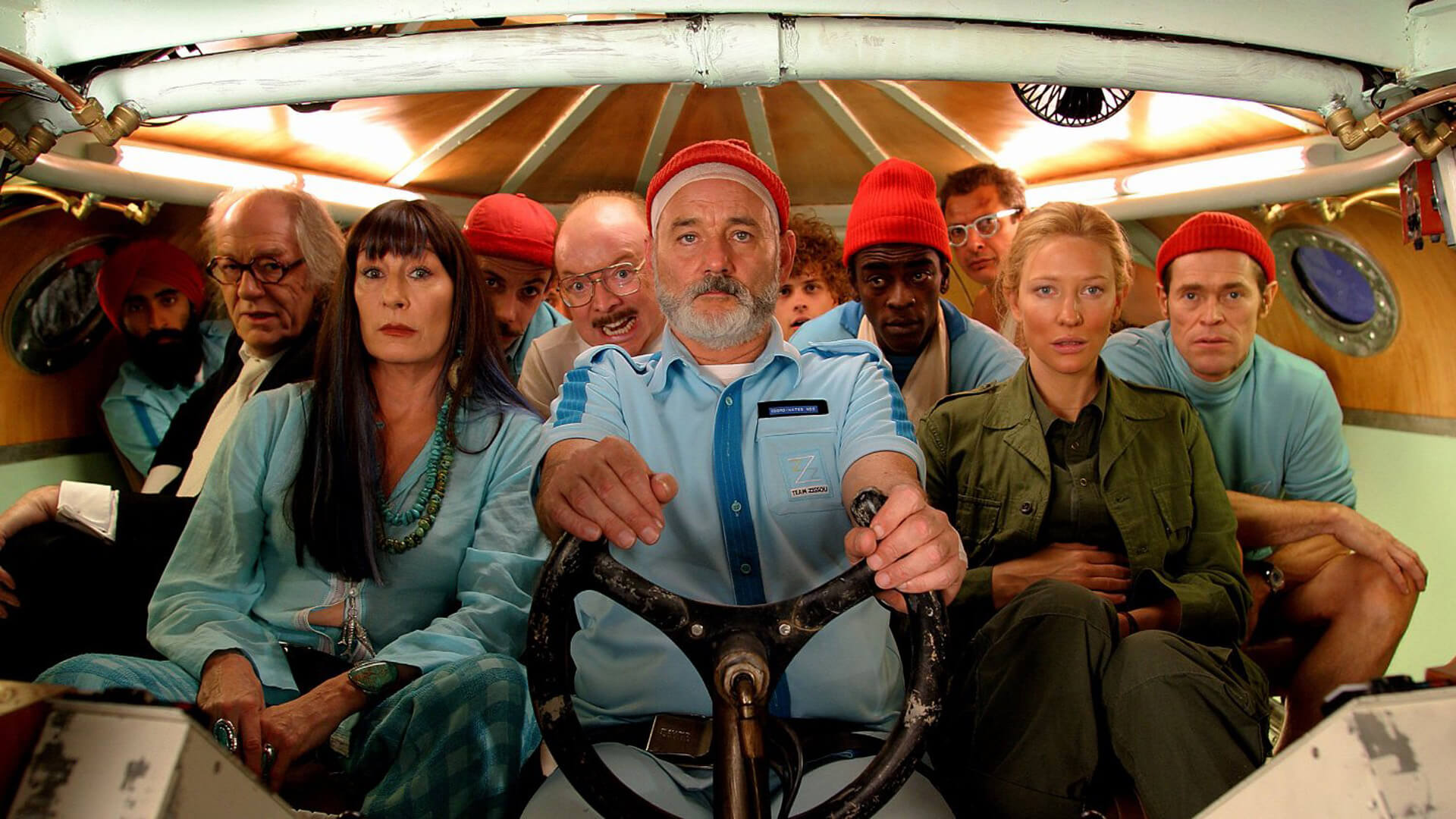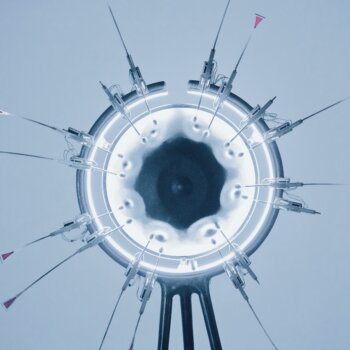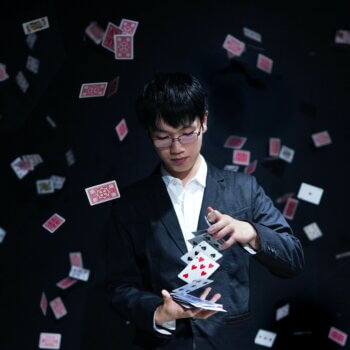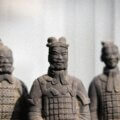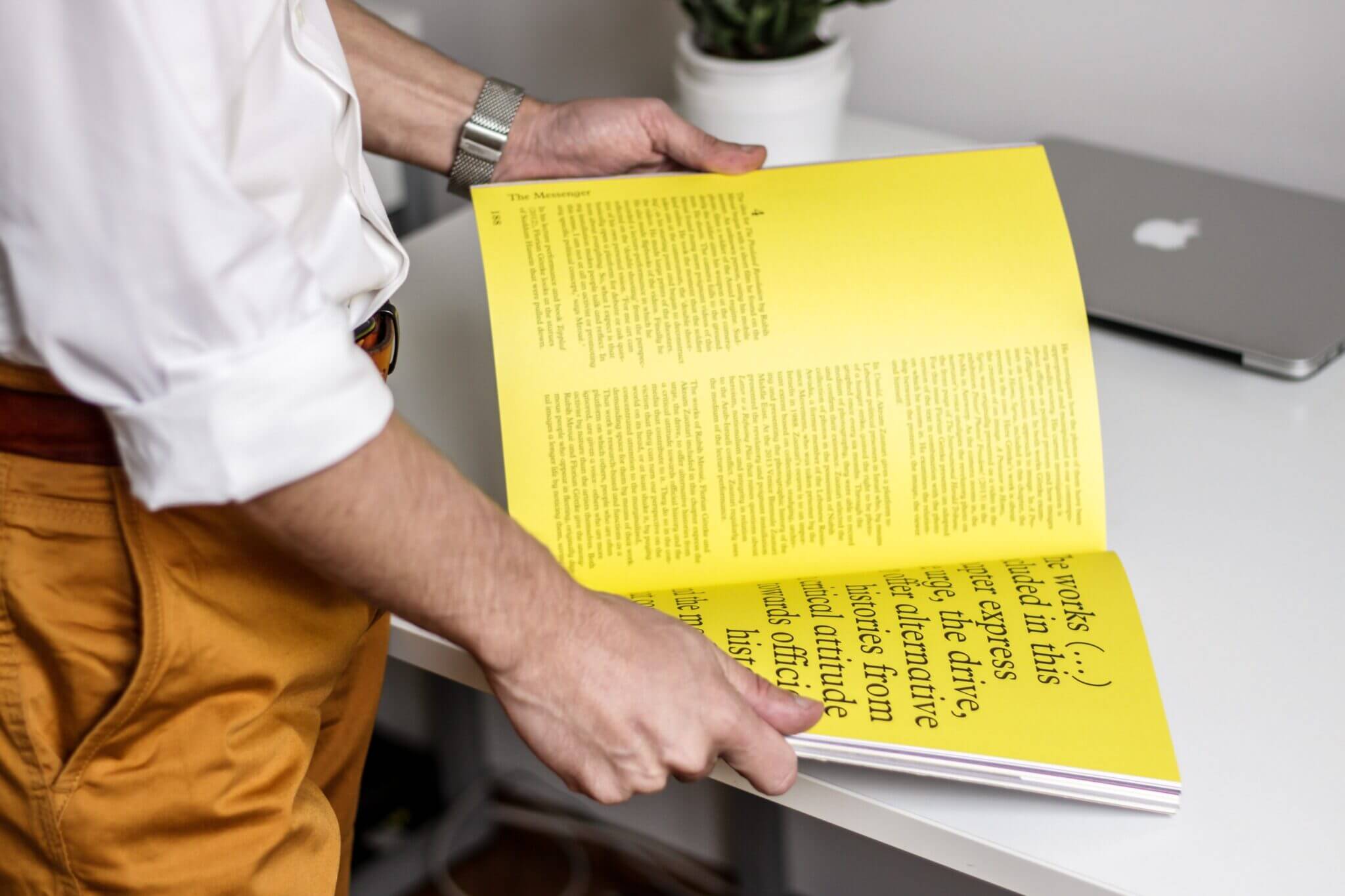Key Takeaway
Wes Anderson’s films often feature a single striking image, leading fans to seek out the Anderson look in life. Instagram page Wes Anderson has gained popularity for its real-life photos, but the Wes Anderson style requires a specific combination of features. Anderson’s unique style involves combining various tableau shots, such as the opening shot of The Royal Tenenbaums, to create a unified style. These shots draw attention to themselves and distance the spectator from the characters, promoting a reflexive approach to filmmaking.
Wes Anderson’s films can often be boiled down to a single striking image. This approach began for Anderson the moment he had Margot (Gwyneth Paltrow) step off the Green Line bus in his third film The Royal Tenenbaums (2001).
This visual-led approach to cinema has spawned many fans who seek out the Anderson look everywhere in life.
The Instagram page Accidentally Wes Anderson, which was founded in 2017, became incredibly popular for its photographs of real-life places that coincidentally fit the aesthetics of a Wes Anderson film. For instance, a Milanese metro train is Andersonian in its symmetrical design, pastel blue walls and bright yellow handrails.
In recent months, a new trend has sprung up on social media where people are romanticising the everyday in the style of Anderson’s films. This was started by Ava Williams, who posted a video of a train journey on TikTok with the line “You better not be acting like you’re in a Wes Anderson film when I get there”.
With a new film on the way, Asteroid City, social media is now sure to be flooded with more attempts at Anderson mimicry. But what we see with the current slew of pastiches is that they aren’t all successful.
The Wes Anderson style these media-savvy users are attempting to recreate is an elusive aesthetic that only emerges from a specific combination of features.
The ingredients of a Wes Anderson Film
Thinking of Anderson’s aesthetic in terms of a combination of features makes his style analogous to a recipe.
When baking a cake, simply listing a few ingredients isn’t enough, the correct quantity of each is needed. Numerous film scholars have identified the major features (ingredients) of Anderson’s style. These include:
- head-on camera angle
- tableau shot
- symmetrical framing (including centred framing)
- top (birds-eye) view
- still camera or foregrounded camera movement
- slow motion
- montage sequence with a soundtrack (especially rock or quirky instrumental music)
- harmonious colour palettes.
But to imitate Wes Anderson, you need to combine these ingredients in the right quantities. His typical combination of stylistic traits first emerged in his third feature film, The Royal Tenenbaums (2001).
This film is notable for its consistent use of tableau shots, where characters are formally arranged in the same plane facing the viewer. Such images are immediately recognisable because they create a striking composition and a dramatic effect.
Take the sequence where Anderson introduces us to his “cast of characters (22 years later)” (as the title card reads). The characters are all introduced while looking into mirrors. Here the camera takes the place of the mirror, which means that these characters look directly into the camera.
These tableau images are further strengthened by a static camera and by centred framing (the characters are positioned in the middle of the frame), which add symmetry and stillness to these shots.
Anderson creates different combinations of these tableaus.
The film opens with a static symmetrical tableau shot of a library book (called The Royal Tenenbaums) which is filmed from overhead (a birds-eye view), with the camera pointing directly down on the library counter. The opening shot, therefore, combines no less than five features: a head-on camera angle, tableau shot, symmetrical (centred) framing, a top (birds-eye) view and a still camera.
The uniqueness of Anderson’s style is not present in these features in isolation and only emerges when they are combined in a specific configuration.
Margot stepping off the Green Line bus
Another notable combination occurs when Margot meets Richie (Luke Wilson) as he disembarks from his sea voyage.
Margot exits the Green Line bus and walks towards the camera, which means walking towards Richie (who is located behind the camera). This shot again comprises a head-on camera angle, tableau shot and symmetrical (centred) framing. But this time it is combined with a moving camera (the camera tracks back to keep Margot in frame) and she is filmed in slow motion, complete with Nico on the soundtrack singing These Days.
Anderson’s consistent use of tableau shots throughout The Royal Tenenbaums (and subsequent films), in combination with several other stylistic features, add up to create a unified style.
The specific traits that he combines in his films are not arbitrary. Instead, they all serve similar functions: they draw attention to themselves and they distance the spectator from the characters.
Anderson rejects classical (invisible) storytelling techniques and instead adopts a reflexive type of filmmaking where the audience’s act of seeing is limited to a form of distanced, clinical observation of oddball characters inhabiting quirky story worlds.
So, if you want to present a snippet of your day online in the Anderson way, you should think about the story you’re telling and how to carefully and thoughtfully combine the eight ingredients that make a true Wes Anderson shot.
